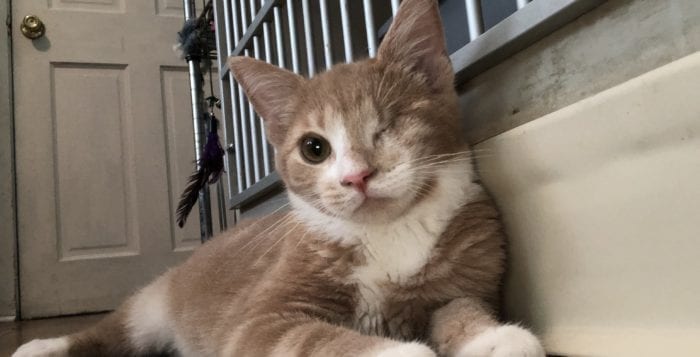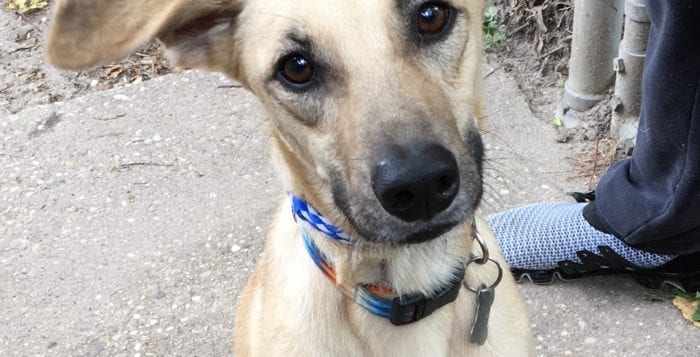During the first week of September, the nation watched as Hurricane Dorian ravaged the Bahamas. Thousands of people have been left without homes, and many have also lost contact with their pet dogs. Some animals were lost in the storm, while other dogs may have been left behind as families attempted to reach safety.
Animal organizations estimate that hundreds of dogs in the Bahamas are now in need of being brought to safety and provided with medical care and food.
Guardians of Rescue, a Smithtown nonprofit that specializes in bringing together people and dogs in need, has stepped in to help. It’s bringing in the stranded dogs on chartered planes from the Bahamas to safe spots in Florida and New York.
The animal rescue organization reports that it initially brought back its first 30 dogs Sept. 9. A second flight took off 24 hours later and more flights are scheduled in the days ahead, the group said, until all of the abandoned animals are in safe haven in the United States. They initially planned to eventually relocate 98 pets, but now have created a rescue network to save more animals.
“We are no strangers to helping dogs in dire situations, this is exactly why our organization exists,” explained Robert Misseri, president of Guardians of Rescue. “We will do everything we can to help as many dogs as we are able to, but we can’t do it without the help of the public. This is going to be a very costly endeavor, so we can use all the financial assistance we can get.”
The organization has started a website fundraiser for the cause. It’s goal is to raise $20,000 and has so far received close to $6,000 in donations.
The organization is working with Chella Phillips, a Nassau, Bahamas, resident, who manages The Voiceless Dogs of Nassau. She took in nearly 100 stray dogs when the storm was approaching to provide them with a safe place. Her story went viral in the news and on social media.
The Smithtown organization has also teamed up with two other nonprofits for the mission, Animal Aid USA, based in New Jersey, and Animal Wellness Foundation in Los Angeles to help prepare and load the dogs for a flight to Florida. The relationship has allowed for transportation of the dogs to a safe place and has enabled the people in the Bahamas to take in more abandoned dogs.
The networks’s overarching goal is to take in displaced pets and either return them to their owners or place unclaimed pets up for adoption, according to Lorenzo Borghese, founder and president of Animal Aid. Animals shipped to the U.S. are fed and receive a health examination and undergo a two-week quarantine until they find the animals permanent homes.
“We are on a mission to help these animals, and we hope that the community will help support the mission,” said Misseri. “There are many dogs in need of food, medicine, shelter and permanent loving homes. Together, we can make a wonderful difference.”
Misseri added that animals that have already made the trip to America are still quarantined and not yet ready for adoption. People interested in adopting a pet should monitor the guardian website at www.guardiansofrescue.org. Misseri expects adoption information should be available in the days and weeks ahead.
To donate to the Bahamas cause visit: https://guardiansofrescue.networkforgood.com/projects/80292.
Guardians of Rescue provides assistance to animals out on the streets. They are located in the Village of the Branch and also have a chapter in Miami, but they help animals in many places beyond their chapter locations. Their members are also involved with Paws of War, which helps train service dogs for veterans suffering from post-traumatic stress disorder.


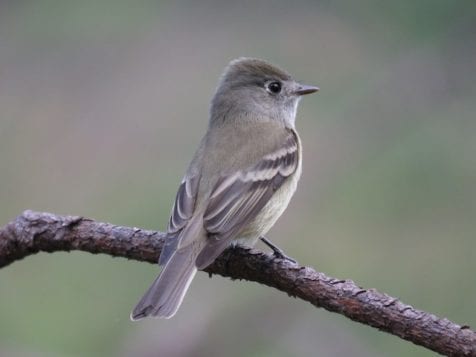
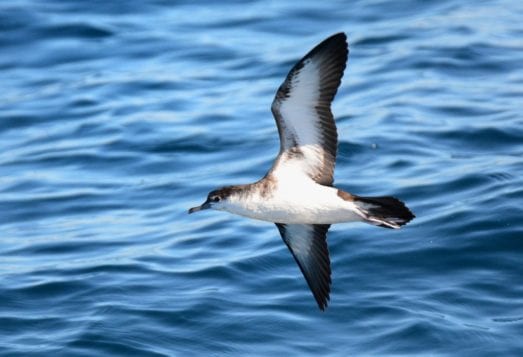
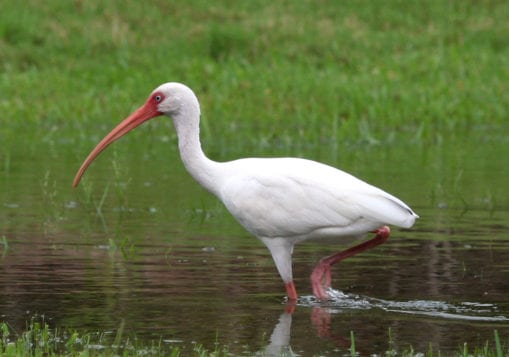
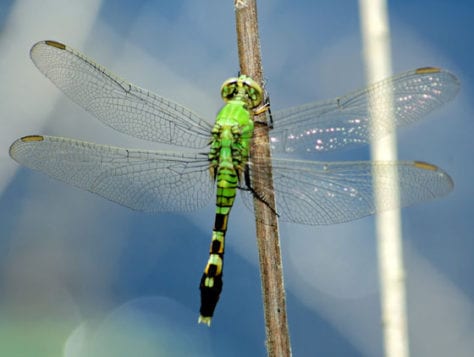
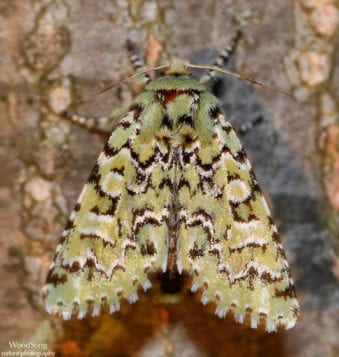
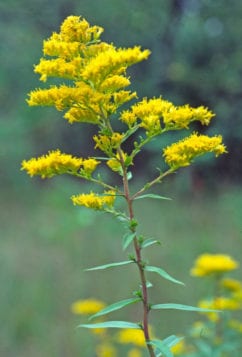
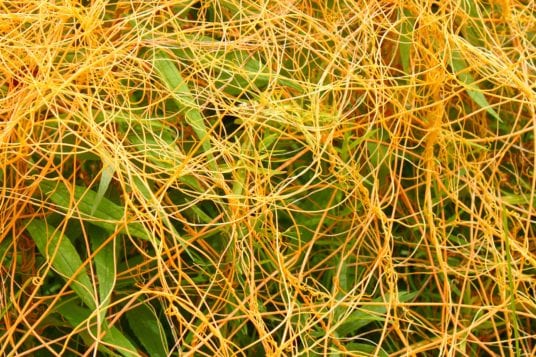
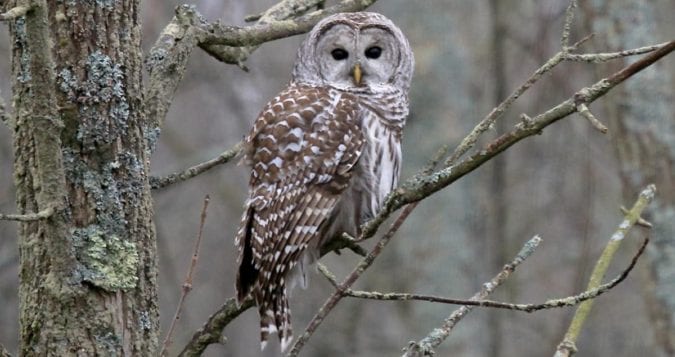



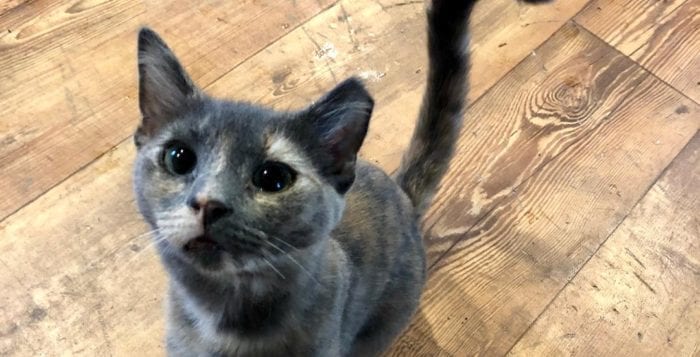
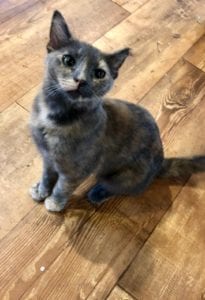 This week’s featured shelter pet is Melody, an 8-month-old, tortoiseshell kitten with beautiful green eyes. Melody is extremely sweet and friendly and loves to cuddle. She would be a great addition to a family with children.
This week’s featured shelter pet is Melody, an 8-month-old, tortoiseshell kitten with beautiful green eyes. Melody is extremely sweet and friendly and loves to cuddle. She would be a great addition to a family with children. 

